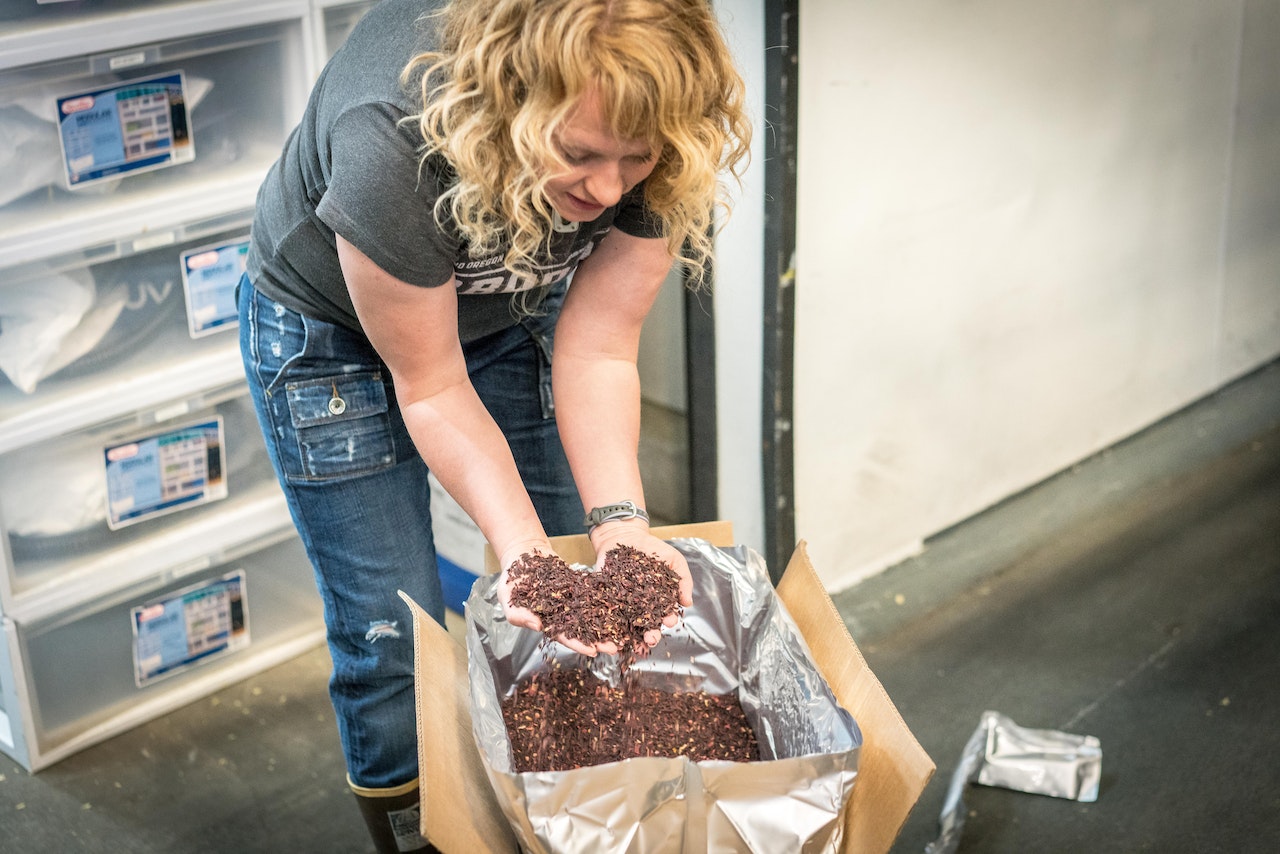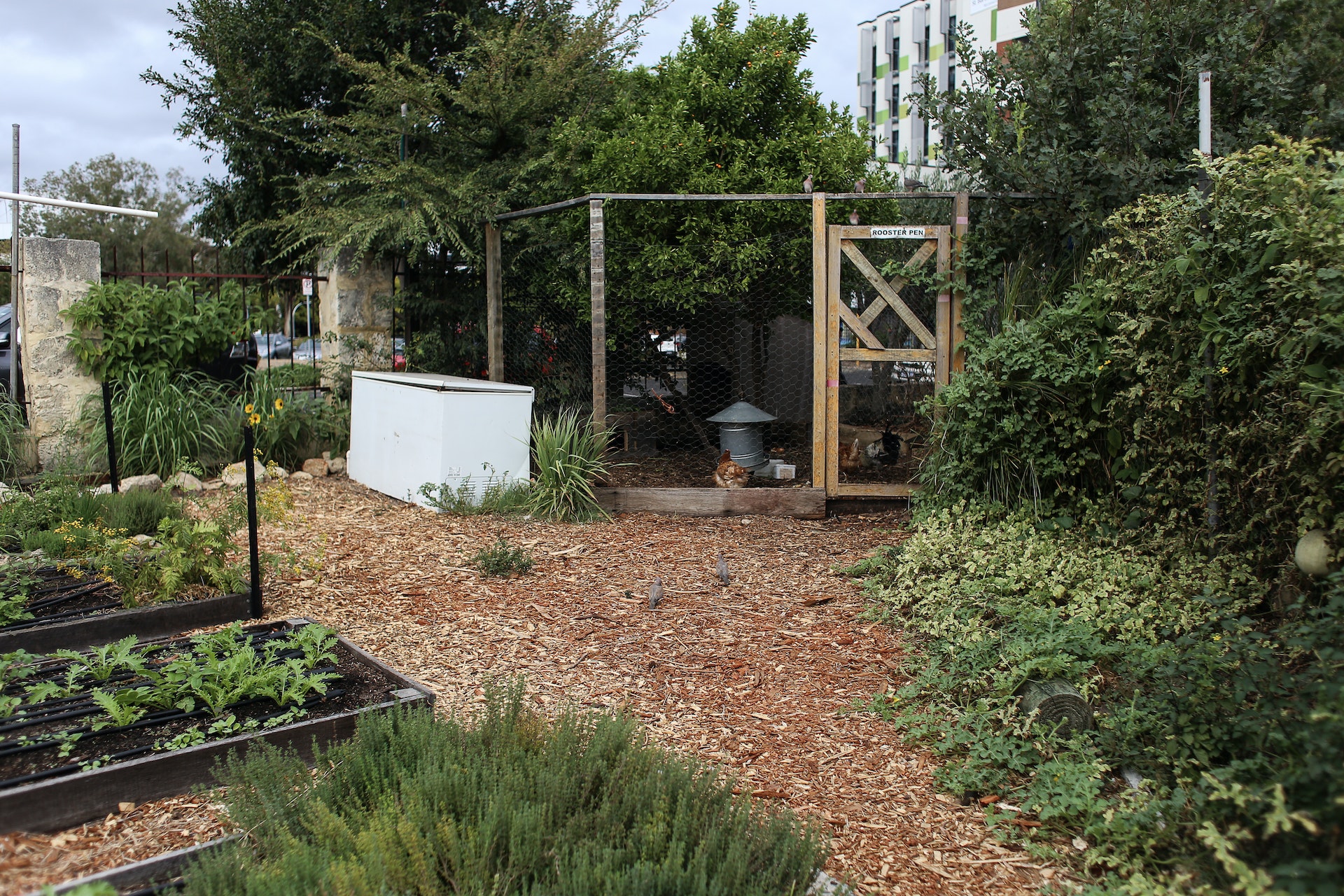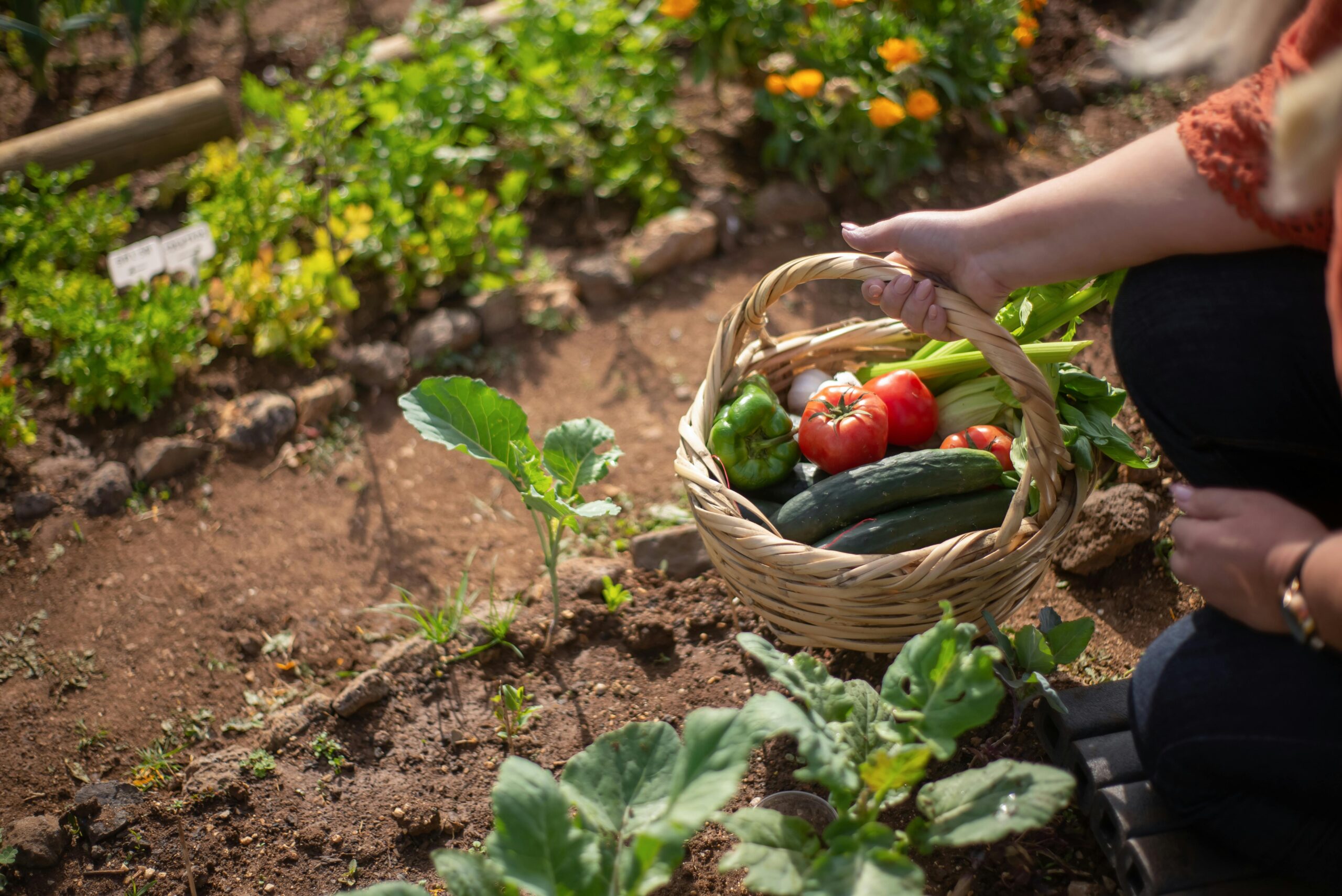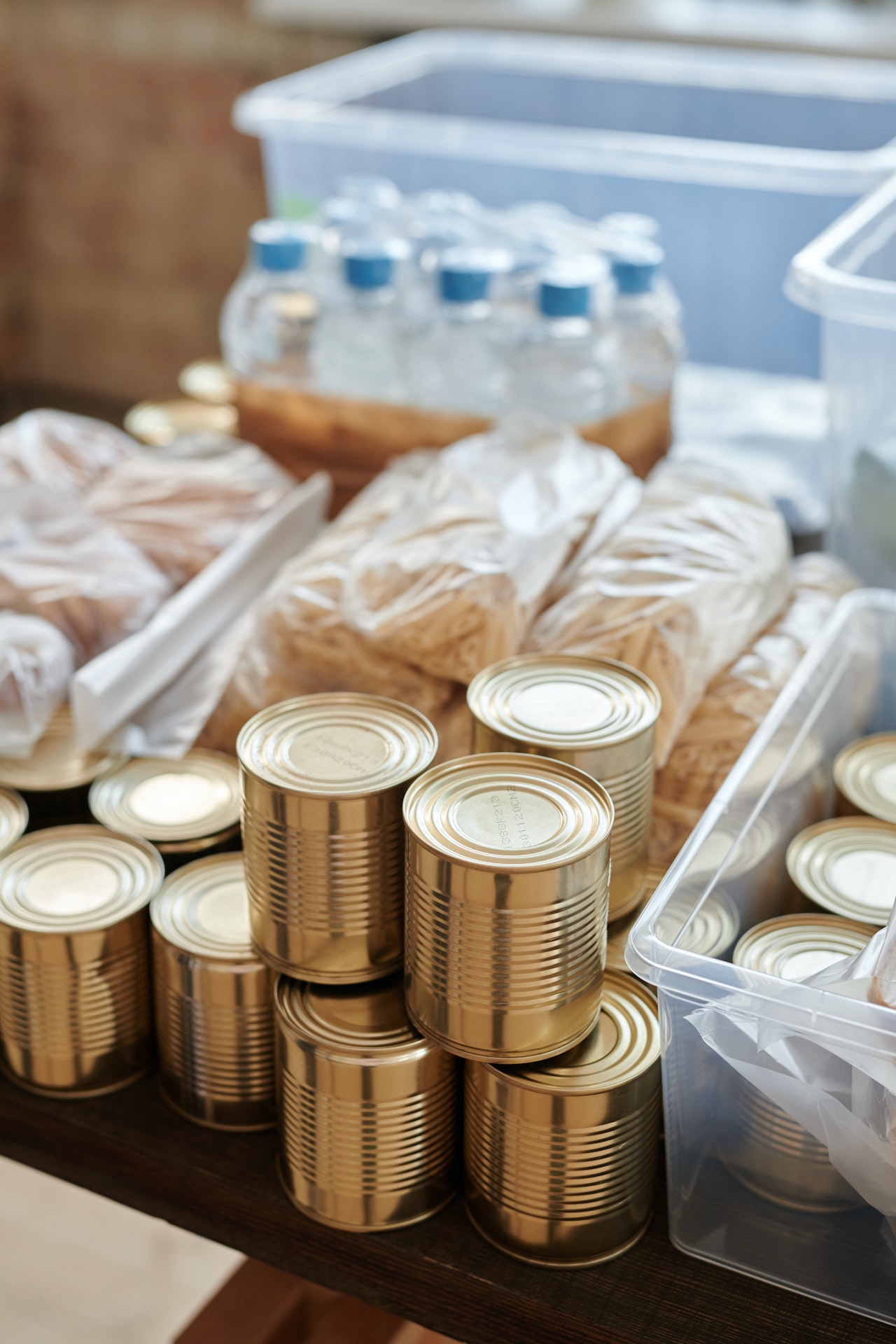Photo by: ELEVATE Source: Pexels
In today’s ever-changing world, the art of being prepared for various emergencies is growing in importance. From natural disasters to political unrest, the unpredictability of life has led to a surge in the popularity of “prepping.” But what exactly is prepping, and why is survival preparedness crucial? This comprehensive article aims to shed light on the concept, its importance, and how one can begin this journey.
Understanding Prepping
At its core, prepping refers to the practice of preparing oneself and one’s family for potential future emergencies. These could range from short-term events like power outages or storms to long-term scenarios such as economic collapse or societal breakdown.
1. Types of Preppers:
- Beginner Preppers: Those just starting, typically focusing on short-term scenarios.
- Homestead Preppers: Individuals or families aiming for long-term self-sufficiency, often living off-grid.
- Urban Preppers: City dwellers who adapt their preparations to urban environments.
- Doomsday Preppers: Preparing for catastrophic events that could change the world as we know it.
Why is Survival Preparedness Essential?
- Self-reliance: In emergencies, waiting for help might not be an option. Prepping empowers individuals to take care of themselves and their loved ones.
- Economic Security: With adequate preparations, one can weather economic downturns with greater ease.
- Peace of Mind: Knowing that you’re prepared for various scenarios can offer significant mental relief.
Key Areas of Focus in Prepping
1. Water:
Water is vital for survival. A human can only live for about three days without it. Preppers prioritize the storage, purification, and sourcing of water.
- Storage: Store at least one gallon of water per person per day, aiming for a minimum three-day supply.
- Purification: Invest in water filters, purification tablets, or learn about boiling and distillation methods.
- Sourcing: Identify nearby natural water sources and ways to access them.
2. Food:
Stockpiling food ensures you have sustenance during emergencies.
- Non-perishable Items: Canned goods, dehydrated meals, grains, beans, and pasta.
- Preservation Techniques: Learn about canning, freezing, and dehydrating.
- Gardening: Grow your own food, ensuring a renewable source.
3. Shelter and Warmth:
Protection against the elements is crucial.
- Home: Reinforce your home to withstand various threats.
- Alternate Shelters: Tents, tarps, or even learning to build natural shelters.
- Heat: Stockpile wood, invest in portable heaters, and have a collection of blankets and warm clothing.
4. Medical and First Aid:
In emergencies, medical assistance might be delayed.
- First Aid Kits: Should include bandages, antiseptics, pain relievers, and essential medication.
- Training: Consider taking first aid and CPR courses.
- Prescription Medications: Keep an extra supply.
5. Defense:
Depending on the scenario, defense can become a consideration.
- Physical Barriers: Reinforce your home with locks, barricades, and secure entry points.
- Self-defense Tools: This could range from pepper spray to firearms, depending on individual comfort and legal regulations.
6. Communication and Information:
Being informed can make all the difference.
- Radios: Battery-powered or hand-crank radios to stay updated.
- Emergency Contacts: A list of crucial contacts and a plan to reach out or rendezvous.
- Local Maps: For navigation, especially if digital means fail.
7. Power and Lighting:
Electricity is often the first thing to go in emergencies.
- Generators: Provide an alternate power source.
- Solar Chargers: For small devices like phones.
- Flashlights and Candles: Essential for nighttime.
How to Begin Your Prepping Journey
- Assess Your Situation: Consider your local risks. Do you live in a hurricane-prone area? Is civil unrest a concern?
- Start Small: Begin with preparations for a three-day emergency, then expand as you become more comfortable.
- Create a Plan: Document your preparations, evacuation routes, and communication strategies.
- Educate Yourself: Read books, attend workshops, and join prepper communities.
- Practice: Regularly review your plans, test your gear, and practice emergency scenarios.
Prepping on a Budget
Financial constraints shouldn’t deter you.
- Buy in Bulk: Often, bulk purchases, especially for food, can save money.
- DIY: Learn to make things yourself, from homemade candles to basic furniture.
- Prioritize: Start with the essentials: water, food, and basic medical supplies.
Conclusion
In a world of uncertainties, prepping offers a beacon of empowerment. It’s not about living in fear, but about taking proactive steps to ensure the safety and well-being of oneself and loved ones. With the right mindset, adequate education, and consistent efforts, anyone can embrace the journey of survival preparedness and face the future with confidence.



